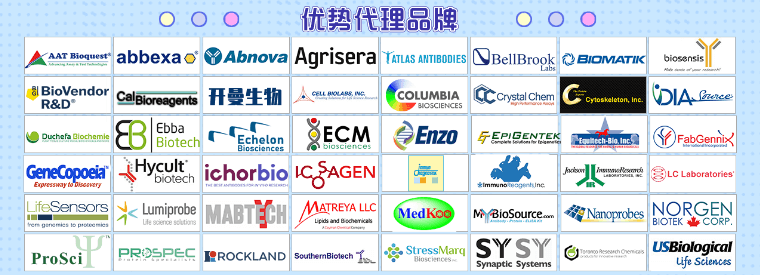Telomere dysfunctions, rendered through replicative attrition of telomeric DNA or due to the inhibition of shelterin components, are recognized as DNA double-stranded breaks (DSBs) by the DNA damage repair (DDR) pathway. This leads to the activation of DNA damage checkpoint sensors, including the Mre11-Rad50-Nbs1 (MRN) complex, γ-H2AX and 53BP1, the ATM and ATR signal-transducing kinases and downstream effectors, including Chk1, Chk2, and p53. Robust DNA damage response signals at dysfunctional telomeres, achieved by the complete deletion of TRF2 or by expressing dominant negative mutant TPP1ΔRD , can be detected by their association with γ-H2AX and 53BP1 forming “telomere dysfunction induced foci (TIFs).” Induction of TIFs at telomeres provides an opportunity to quantify the extent of telomere dysfunction and monitor the signaling pathways.
用户登录







